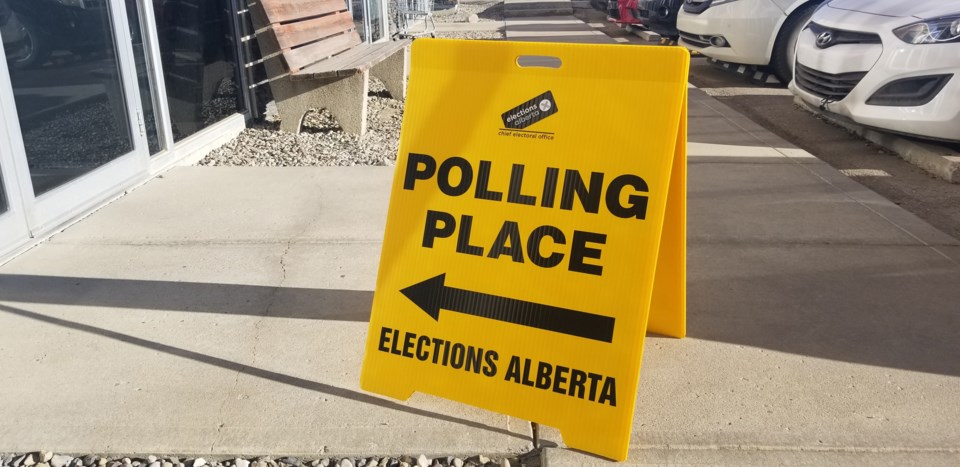Last week’s provincial election not only reinforced the notion that conservative roots run deep in this province, but it also highlighted the fact that voters like convenience. They like it so much they’ve turned election day into election week.
With advance polls open from 9 a.m. to 8 p.m. for five straight days the week prior to election day, voters were able to cast a ballot pretty much at their leisure, and they did so in ever-growing numbers. Of the more than 26,000 votes cast in Highwood, 47 per cent of them were at advance polls. In Livingstone-Macleod, that figure was 48 per cent.
What was gained in convenience at one end became inconvenient at the other, however. The volume experienced at advance polls throughout the province created a mountain of ballots to be counted at certain locations, an exercise that took far longer than anyone would have liked.
It took so long, in fact, that voters in Banff-Kananaskis, the riding that includes the westernmost portion of Foothills County, were treated to victory speeches by two candidates. The UCP incumbent figured she was far enough ahead at 11:45 p.m. that she could declare victory, but big advance poll numbers for her NDP challenger that came in minutes later changed all that.
It seems mind-boggling that machines that read whether a ballot is marked correctly can’t also count said ballot. If these machines can determine whether you’ve filled in the oval beside the candidate of your choice properly, surely they can tell which candidate you’re supporting.
If they could, then once voting closes at 8 p.m., all polling staff would have to do is push a button to get a report with the results, which would speed things up dramatically and ensure outcomes aren’t still hanging in the balance at midnight.
Despite the long night, once the dust had settled, we weren’t too far from where we had started the day, both provincially and here in Highwood where UCP incumbent RJ Sigurdson cruised to an easy victory to secure a second term.
Even though Sigurdson was well clear of his two challengers, it was NDP candidate Jessica Hallam who made history last week by getting 29 per cent of the vote. New Democrats had never eclipsed 20 per cent since the riding was created more than a half-century ago — their 19 per cent share in the 2015 election being the previous high-water mark — so Hallam blew that figure out of the water.
The fact she finished 40 percentage points and more than 10,000 votes behind Sigurdson shows what a challenge the NDP faces in these parts.
It’s not as daunting a task province-wide, but last week’s election results did little to dispel the belief that a united right is darn near impossible to beat. The NDP actually received three per cent more of the popular vote than it did when it won a majority in 2015, but the difference this time around is there wasn’t a split on the right.
Last week’s results also show an increasing polarization in Alberta politics as no party beyond the big two registered even one per cent of the vote.




